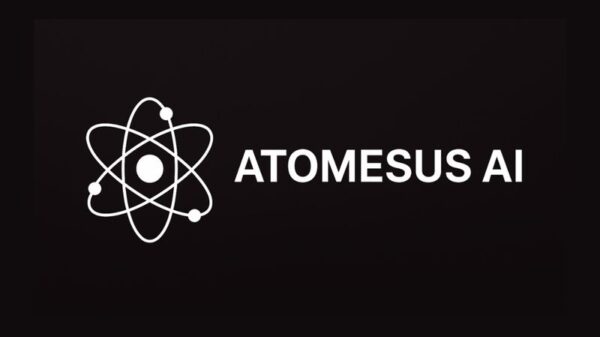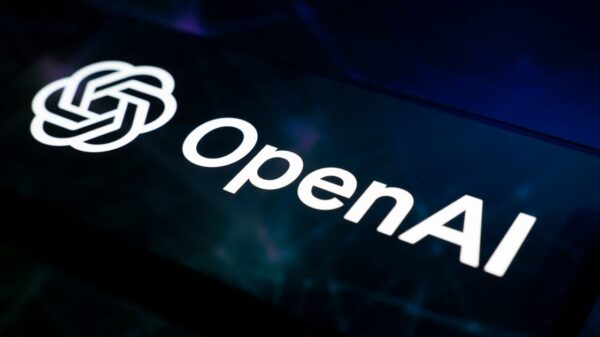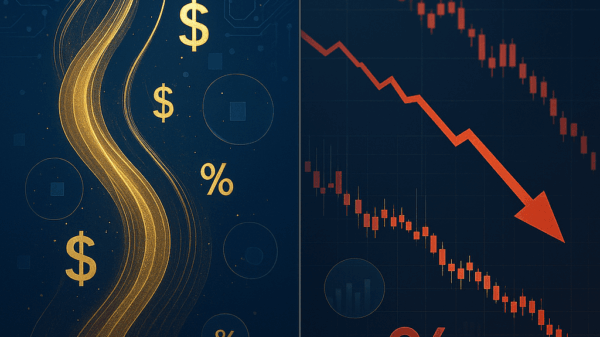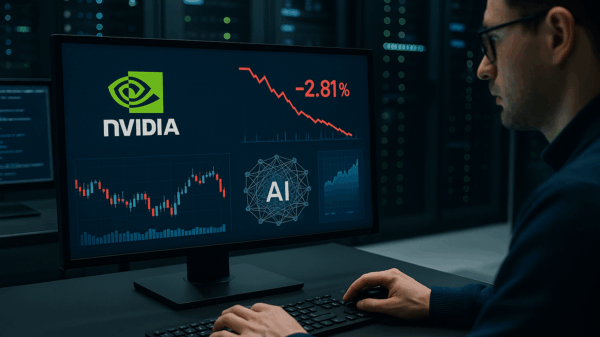According to recent notes from Goldman Sachs analysts, crude oil prices are projected to increase during the latter part of the 2020s, while natural gas prices are expected to decline. This analysis highlights the evolving dynamics within energy markets as we approach the next decade.
The consensus among market experts suggests that a significant supply glut for oil is anticipated in 2026. This outlook is largely driven by the OPEC+ cartel’s ongoing increases in production levels coupled with a slowdown in market-supporting purchases from Beijing. The first half of 2025 has already reflected these trends, with both Brent crude oil and West Texas Intermediate (WTI) crude prices projected to drop by approximately 13% in 2026 as the “last supply wave” makes its way through the marketplace, according to Goldman Sachs.
However, the investment bank anticipates a reversal in price trends starting in 2027, continuing into the 2030s. Goldman Sachs projects that by then, Brent crude will climb to $80 per barrel, while WTI may rise to $76, significantly higher than their current prices of $64 and $60, respectively.
In the context of the natural gas market, the situation appears to be quite different. Over the past six months, natural gas prices have surged by more than 28%, driven by a steady increase in demand. Nonetheless, Goldman Sachs analysts foresee a downturn in prices as the “largest ever LNG supply wave” reaches levels that may surpass European storage capabilities and exceed demand in Asia, leading to a notable price drop across markets in the US, Europe, and Asia by 2029.
See also Gartner Survey Reveals 59% of Finance Leaders Embrace AI Adoption in 2025
Gartner Survey Reveals 59% of Finance Leaders Embrace AI Adoption in 2025Despite the current rise in demand and prices, new liquefied natural gas (LNG) projects have expanded global LNG supply by 5% year-over-year as of 2025. This increased supply, particularly in Europe where storage options are comparatively cheaper, is likely to absorb much of the excess production from the US, where export demand is robust.
Goldman Sachs’ long-term forecast indicates that while the natural gas market might experience several years of depressed prices, demand—especially from China—is expected to normalize after 2030, allowing the market to stabilize once again.
As energy markets navigate through these complex dynamics, investors and industry stakeholders will need to closely monitor the interplay between global supply and demand factors, especially as we move further into the 2020s. The implications for both crude oil and natural gas industries are significant, affecting everything from pricing strategies to investment opportunities across the energy sector.










































































